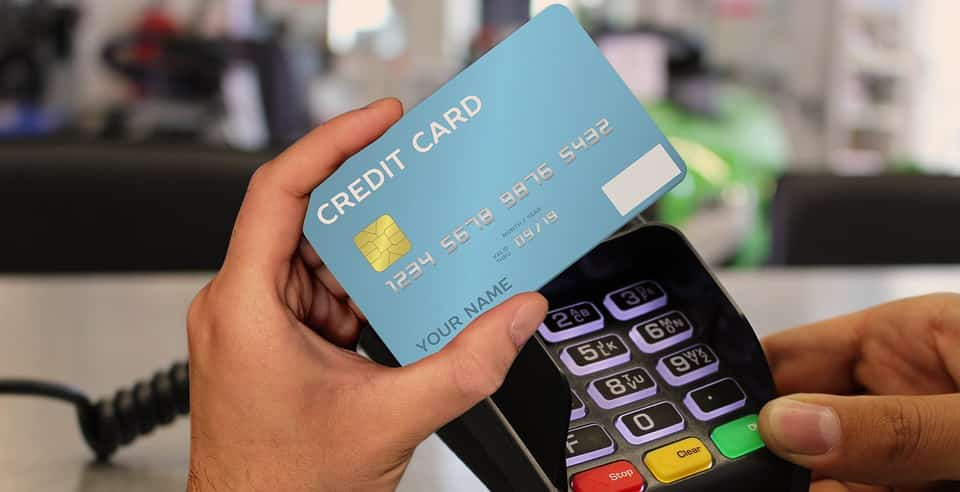Banks To Integrate International Credit Card Spending Into Remittance Schemes; Credit Card Transactions Spends See A 30% Surge in January
Banks have recently received directives from the banking regulator regarding potential changes to the liberalised remittance scheme (LRS), specifically involving international credit card expenditures. This proposed inclusion, which has been postponed for a year, is now under reconsideration.

Banks have received instructions from the banking regulator to prepare for the potential inclusion of international credit card expenditures within the liberalised remittance scheme (LRS) by April 1.
The plan, which has been on hold for a year, is now being reconsidered.
Many banks believe that reissuing the specific notification won’t violate the model code of conduct. As a result, they are gearing up to align their systems with the RBI’s to track individual customers’ card spending during personal trips abroad.
NBBL, a subsidiary of the National Payments Corp. of India, is involved in the RBI’s vision for 2025, which aims to centralise all payment rails under a unified system.
Internet banking is currently outside this framework, but the regulator aims to swiftly bring it under the umbrella alongside systems like the Immediate Payment Service (managed by NPCI) and the Real Time Gross Settlement and National Electronic Fund Transfer systems (managed by the RBI).
According to sources, centralisation will facilitate standardisation of settlement cycles for merchants, provide better data visibility, and establish effective customer grievance mechanisms.
Bankers have disclosed that the RBI has engaged in discussions with banks and industry stakeholders, expressing a desire to expedite the proposal despite industry concerns about potential delays.

The proposed changes would incorporate transactions made by individuals using international credit cards abroad into the annual cap of $250,000 permitted for remittances abroad under LRS.
Additionally, expenditures beyond Rs 7 lakh under LRS would incur a 20% tax collection at source (TCS), except for specific categories such as education and medical expenses, which are subject to lower taxes. Individuals would be eligible for a refund if their TCS exceeds their total tax liability.
Why The Proposal
The proposal is widely seen as part of the government’s broader strategy to discourage foreign exchange outflows and restrict large expenditures that surpass the LRS limit through international credit cards.
However, banks are seeking further clarifications, particularly regarding how to differentiate between personal and business spending, as well as distinguishing between card usage abroad and online transactions made from India for booking accommodations or flights.
Not Without Challenges
Siddharth Banwat, a CA and co-founder at Yuvyze Consulting LLP, emphasised the difficulty in segregating expenditures without issuing separate credit cards for corporate and personal use.
He suggests that in the current business environment, where the government aims to boost manufacturing and export in India, a broader perspective is needed to manage foreign exchange outflow instead of simply curbing spending via credit cards.

Plans For HNIS
However, it is largely felt that High-Net-Worth Individuals (HNIs), when confronted with these restrictions, may resort to alternative methods to spend abroad, such as utilising unofficial channels for fund transfers or engaging in reciprocal arrangements with acquaintances.
Notably, grey market foreign exchange rates tend to increase during holiday seasons due to the extension of Tax Collection at Source (TCS) to the Liberalised Remittance Scheme (LRS).
The 2023 budget introduced changes in TCS for payments under LRS and overseas tour packages.
However, despite the announcement that credit card payments would fall under LRS, a subsequent notification on May 16, 2023, revoked the differential treatment between credit cards and other forex withdrawal modes under LRS.
Nevertheless, due to unpreparedness among banks and card networks, the implementation of the notification was postponed by the government.
Credit Card Usage Surge
Despite regulatory restrictions on certain business payments, credit card transactions surged by 30% year-on-year in January.
Experts attribute this growth to the attractiveness of banks’ reward points and repayment terms.
According to Reserve Bank of India (RBI) data, credit card transactions reached Rs 1.7 lakh crore in January, up from Rs 1.3 lakh crore the previous year.
At the same time, Volume-wise, transactions increased by 26%, from 260 million to 330 million.
E-commerce transactions and bill payments comprised over half of the total transactions, with a significant portion attributed to the younger generation. This demographic also benefited from credit facilities like equated monthly installments (EMIs) and ‘buy now, pay later’ (BNPL) schemes.
Despite the RBI’s imposition of higher risk weights on unsecured loans, including credit card outstanding, both card spends and transactions have continued to rise.

The trend reflects a transition from a savings-driven economy to a credit-driven one, with the younger generation playing a substantial role in driving e-commerce transactions.
However, banks express optimism due to the favourable payment infrastructure and the growing digital ecosystem.
The evolving merchant ecosystem, coupled with the expansion of credit facilities on the Unified Payments Interface (UPI), has contributed to the growth in credit card spending.
However, not all spends translate into loans, as only those with delayed repayments are classified as unsecured loans. As of January, credit card outstanding stood at Rs 2.58 lakh crore.
On November 16, 2023, the RBI increased risk weights on unsecured consumer credit exposures, including credit card receivables. The move reflects the central bank’s efforts to manage risk in the financial system.
The Last Bit, the challenges ahead in managing credit card expenditures have necessitated a broader perspective to address foreign exchange outflow effectively.
Despite regulatory hurdles, credit card transactions have surged significantly, driven by attractive incentives and the growing digital ecosystem.
While High Net Worth Individuals (HNIs) may seek alternative spending avenues abroad, regulatory adjustments and market dynamics continue to shape credit card usage.




